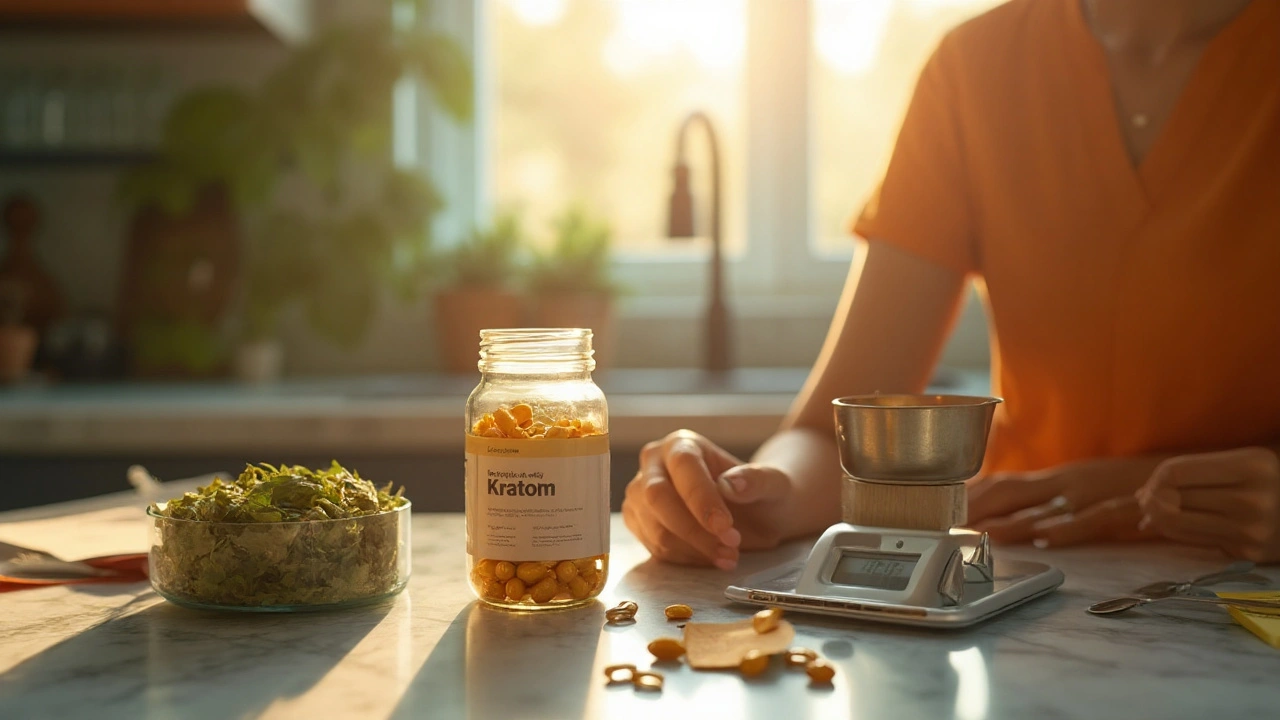Safety Tips for Online Meds and Home Remedies – Your Quick Guide
When it comes to health, the cheapest option isn’t always the safest. Whether you’re ordering a prescription from a foreign site or trying a home remedy for a sore throat, you need clear, no‑fluff advice. Below you’ll get the exact steps to protect yourself, avoid scams, and make sure the treatment you choose won’t do more harm than good.
Buying Medications Online – Stay Safe
First, check the pharmacy’s credentials. A legit site will show a license number, a physical address, and a pharmacist’s name. If the URL ends in .com, .org, or .co but has no contact info, walk away. Look for seals from recognized bodies like the Verified Internet Pharmacy Practice Sites (VIPPS) or the EU’s Common European Sales List. Don’t just trust a pop‑up badge; click it and verify the link.
Next, compare prices. If a drug that normally costs $80 per month is being sold for $5, that’s a red flag. Scammers often lure buyers with “miracle” discounts, then ship counterfeit pills or nothing at all. Use price‑comparison tools and keep a record of what a typical market price is for the medication you need.
Prescription requirements matter. In the UK and EU, you must have a valid prescription for most prescription drugs. Any site that says “no prescription needed” for Depakote, Avapro, or Prochlorperazine is breaking the law. Always have a copy of your prescription ready and ask the pharmacy for a pharmacist‑review before they ship.
Pay securely. Credit cards give you charge‑back protection; avoid wire transfers, crypto, or prepaid cards. A secure checkout page will show https:// and a lock icon. If the site asks for your bank account number directly, stop immediately.
Finally, read the return and refund policy. A trustworthy pharmacy will let you return unused medication if it arrives damaged or doesn’t match the description. Keep all packaging and receipts until you’re sure the drug works as expected.
Home Remedies – What’s Safe and What to Skip
Home remedies can be great for mild symptoms, but they’re not a free pass to ignore safety. Start with the basics: always wash your hands before preparing anything, and use clean containers. Anything that sits in the fridge for more than a few days should be tossed.
Probiotics and oral rehydration solutions are generally safe for most people, but dosage matters. A teaspoon of yogurt‑based probiotic a day is enough; more won’t speed up healing and could cause gas. For oral rehydration, stick to the recommended mix of water, salt, and sugar—no DIY variations.
Be wary of “miracle” herbs. While garlic, ginger, and turmeric have research backing some benefits, taking them in huge amounts can cause stomach upset or interact with meds like blood thinners. If you’re on prescription drugs, check with a pharmacist before adding any herbal supplement.
Red flags include any remedy that promises a cure in a day, uses obscure ingredients, or asks you to apply chemicals like hydrogen peroxide internally. Those are not only ineffective but can be dangerous.
When symptoms persist beyond a few days or get worse, it’s time to see a professional. Home care is a bridge, not a replacement for proper medical advice.
Bottom line: stay skeptical, verify sources, and keep a record of what you’ve taken. Whether you’re buying a generic drug online or sipping a homemade ginger tea, a little caution goes a long way toward keeping you healthy and safe.

- 6 Comments
Curious about kratom? Here are 10 research-backed reasons it’s in the supplement spotlight-plus safety, legality, and how to think about it like a pro.